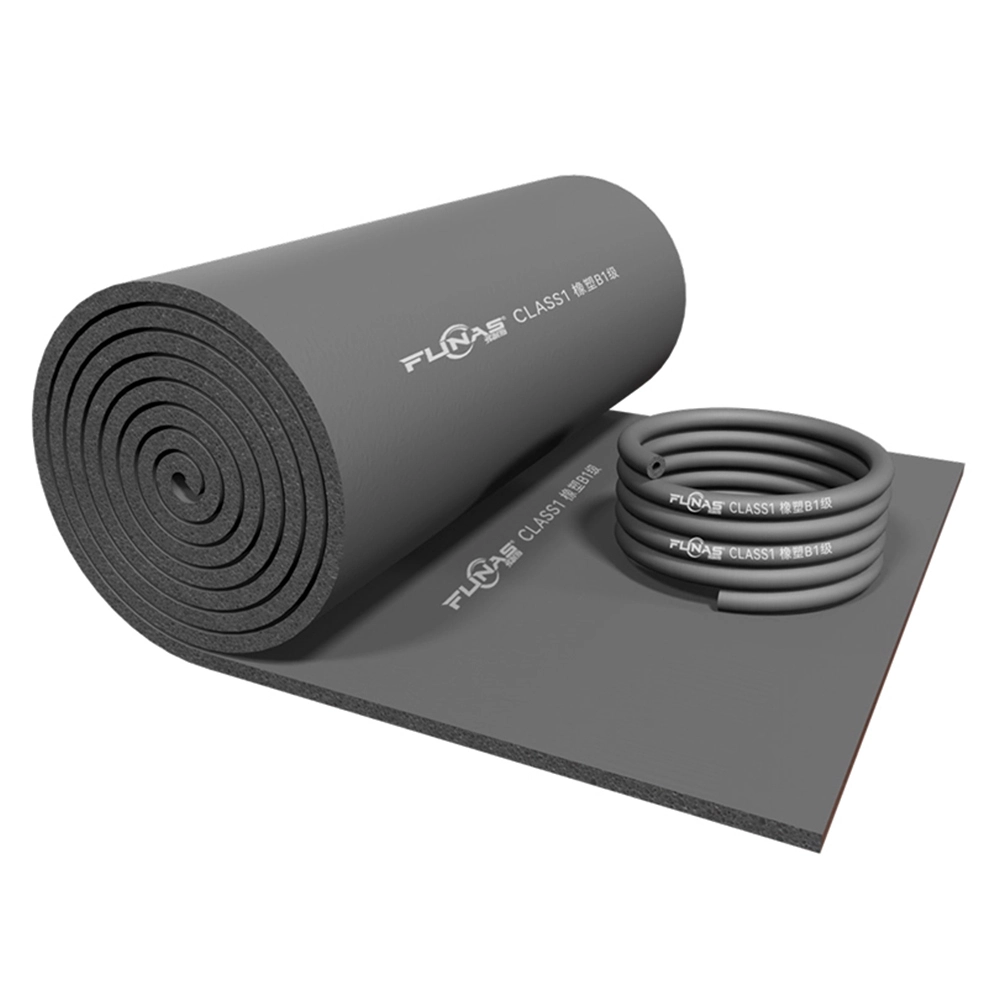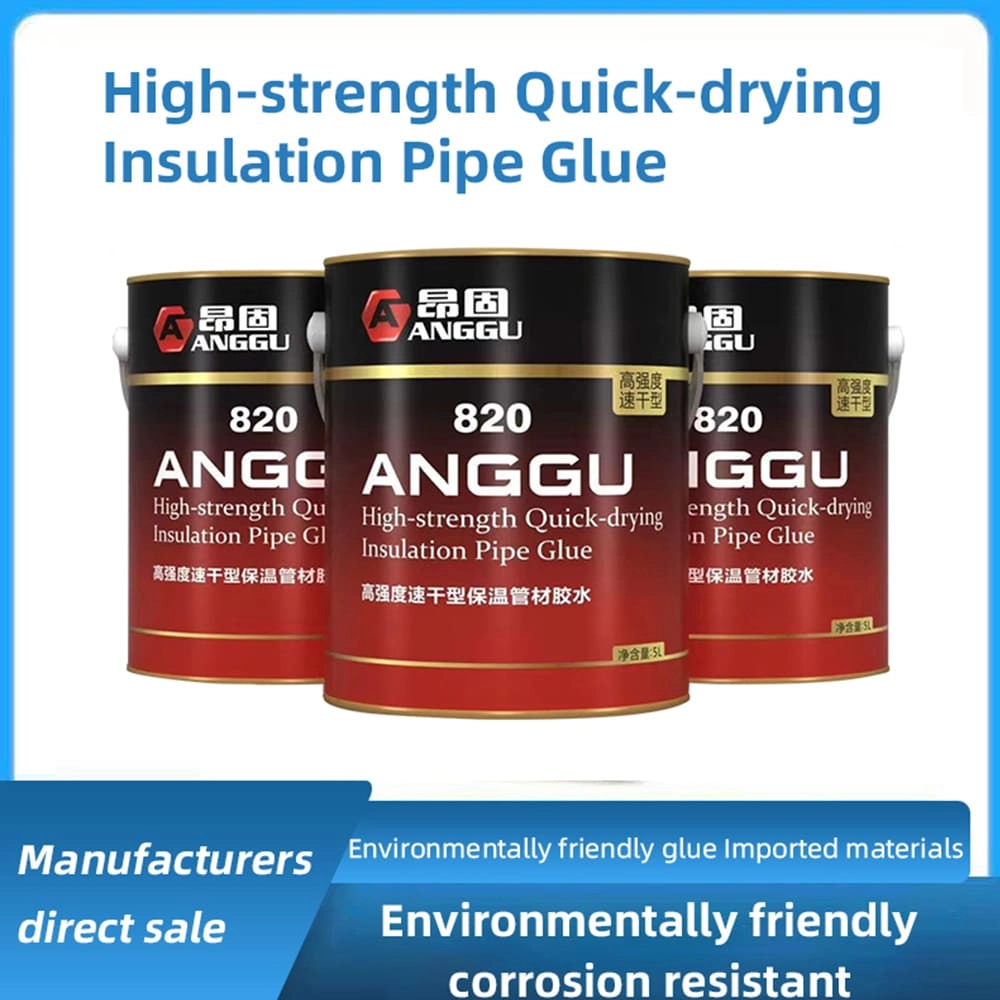Can nitrile rubber insulation be recycled? | Insights by FUNAS
Explore the challenges and solutions in recycling nitrile rubber insulation, including devulcanization, pyrolysis, and emerging technologies, with insights into FUNAS's commitment to sustainable practices.
- Recycling Nitrile Rubber Insulation: Challenges and Solutions
- 1. What Are the Challenges in Recycling Nitrile Rubber Insulation?
- 2. What Are the Common Methods for Recycling Nitrile Rubber?
- 3. Are There Any Emerging Technologies for Recycling Nitrile Rubber?
- 4. How Does FUNAS Contribute to Sustainable Practices in Nitrile Rubber Insulation?
- 5. What Are the Environmental Benefits of Recycling Nitrile Rubber Insulation?
Recycling Nitrile Rubber Insulation: Challenges and Solutions
Nitrile rubber insulation is renowned for its excellent resistance to oils, fuels, and chemicals, making it a preferred choice in various industrial applications. However, its durability and the vulcanization process pose significant challenges to recycling efforts. This article delves into the complexities of recycling nitrile rubber insulation and explores current and emerging solutions.
1. What Are the Challenges in Recycling Nitrile Rubber Insulation?
The primary challenge in recycling nitrile rubber insulation lies in the vulcanization process, which cross-links polymer chains, rendering the material thermoset and resistant to reprocessing. This permanence complicates traditional recycling methods, as the material cannot be easily melted and reformed. Additionally, the presence of additives and fillers in the insulation further complicates the recycling process, requiring specialized techniques to break down and repurpose the material effectively.
2. What Are the Common Methods for Recycling Nitrile Rubber?
Several methods have been developed to recycle nitrile rubber, each with its own set of advantages and limitations:
Mechanical Recycling: This involves shredding the rubber into smaller pieces and grinding it into granules. While this process is straightforward, it does not restore the rubber's original properties, limiting its reuse to less demanding applications.
Chemical Recycling (Devulcanization): This process breaks the sulfur cross-links in vulcanized rubber, making it more malleable. Various chemical agents, such as N-cyclohexyl-2-benzothiazole sulfonamide (CBS) and tetra methyl thiuram disulfide (TMTD), have been studied for their effectiveness in devulcanization. For instance, a study demonstrated that using VitaX as a chemical agent resulted in a 100% increase in sol content and devulcanization percent compared to mechanically devulcanized nitrile rubber.
Pyrolysis: This thermal decomposition process occurs in the absence of oxygen, breaking down the rubber into oil, gas, and char. Pyrolysis not only recycles the rubber but also recovers valuable by-products. A study on the pyrolysis of waste nitrile butadiene rubber (NBR) highlighted the potential of this method in sustainable waste management.
3. Are There Any Emerging Technologies for Recycling Nitrile Rubber?
Yes, emerging technologies are being developed to enhance the recycling of nitrile rubber:
Cryogenic Grinding: This method involves cooling the rubber to extremely low temperatures using liquid nitrogen, making it brittle and easier to grind into fine particles. The resulting granules can be used in various applications, preserving material integrity and ensuring minimal contamination.
Ultrasonic Processing: Utilizing high-frequency vibrations, this technique fragments rubber materials without excessive heat, maintaining the rubber's chemical integrity and producing fine, uniform particles suitable for high-precision applications.
Green Solvent-Based Chemical Recycling: Recent advancements have introduced methods that use green solvents and mild temperatures to break down rubber polymers. This approach avoids harsh chemicals and high temperatures, offering an environmentally friendly alternative to traditional recycling methods.
4. How Does FUNAS Contribute to Sustainable Practices in Nitrile Rubber Insulation?
FUNAS, established in 2011, is committed to sustainable practices in the production and recycling of nitrile rubber insulation. The company has developed a proprietary rubber recycling solution that enables the breakdown and re-vulcanization of nitrile rubber into recyclable compounds for remolding. This process not only reduces environmental impact but also supports the circular economy by repurposing waste materials into new products.
5. What Are the Environmental Benefits of Recycling Nitrile Rubber Insulation?
Recycling nitrile rubber insulation offers several environmental benefits:
Reduction of Landfill Waste: By diverting nitrile rubber from landfills, recycling minimizes environmental pollution and conserves space.
Conservation of Resources: Recycling allows for the recovery of valuable materials, reducing the need for virgin resources and promoting sustainable material use.
Energy Savings: Processes like pyrolysis can recover energy from waste rubber, contributing to energy conservation efforts.
In conclusion, while recycling nitrile rubber insulation presents challenges due to its durable and thermoset nature, advancements in recycling technologies and the commitment of companies like FUNAS are paving the way for more sustainable practices in the industry. By embracing these innovations, businesses can contribute to environmental conservation and the development of a circular economy.
For more information on sustainable nitrile rubber insulation solutions, visit FUNAS Insulations.

The Ultimate Guide to Glass Wool Insulation 2026

Top 10 Foam Rubber Sheet Manufacturers for Insulation & More

Top 14 Rock Wool Panel Brands: Expert Guide for 2026

Top 10 Insulation Adhesives for Heat & Soundproofing 2026
service
Are your rubber foam products environmentally friendly?
Yes, our insulation products are designed with sustainability in mind. They help reduce energy consumption by minimizing heat loss and gain, and they are made from durable materials that have a long life cycle, reducing the need for frequent replacement.
What types of rubber foam insulation products do you offer?
We offer a wide range of rubber foam insulation products, including custom shapes and sizes, thermal and acoustic insulation solutions, and options with specialized coatings such as flame retardancy and water resistance. Our products are suitable for applications in HVAC, automotive, construction, and more.
FAQ
How to start a consultation?
You can contact us through our website, phone, or email. We will arrange a professional staff to discuss your needs about best thermal insulator and how we can help you.
Can your insulation products be customized?
Yes, we offer customized solutions for insulation material wholesale to meet the specifications of your project, including custom specifications, sizes, foils and adhesives, colors, etc.
You might also like

820 Pipe special adhesive
This product has passed the EU REACH non-toxic standard, ROHS non-toxic standard. (The product is black glue.)
Anggu 820glue is a low-odor, high-strength quick-drying glue; Fast drying speed, long bonding time, no powder, non-toxic.

Wholesale Perfect Fire Resistant Performance High Strength Acoustic Mineral Wool Insulation Rock Wool Roll Panel Plain Slab
Rock wool, that is, a kind of exterior insulation material. When the market share of 90% of the organic thermal insulation materials in the stagnant wait-and-see, as a fire rating of A- class exterior insulation inorganic material rock wool has ushered in an unprecedented market opportunity.

Rubber Plastic insulation Material Glue

Special adhesive for insulation nail
This product has passed the EU REACH non-toxic standard and ROHS non-toxic standard. (This product is a yellow liquid).
Anggu insulation nail special adhesive is a adhesive with high viscosity, slow drying, aging resistance, high strength, and excellent brushing performance; The special adhesive for insulation nails has a slow drying speed and strong adhesion to the iron sheet. It can be flexibly moved during construction, and has a strong bonding force after curing, low odor.and is non-toxic.
Leave a message
Have any questions or concerns about our products? Please leave us a message here and our team will get back to you promptly.
Your queries, ideas, and collaboration opportunities are just a click away. Let’s start a conversation.


















































